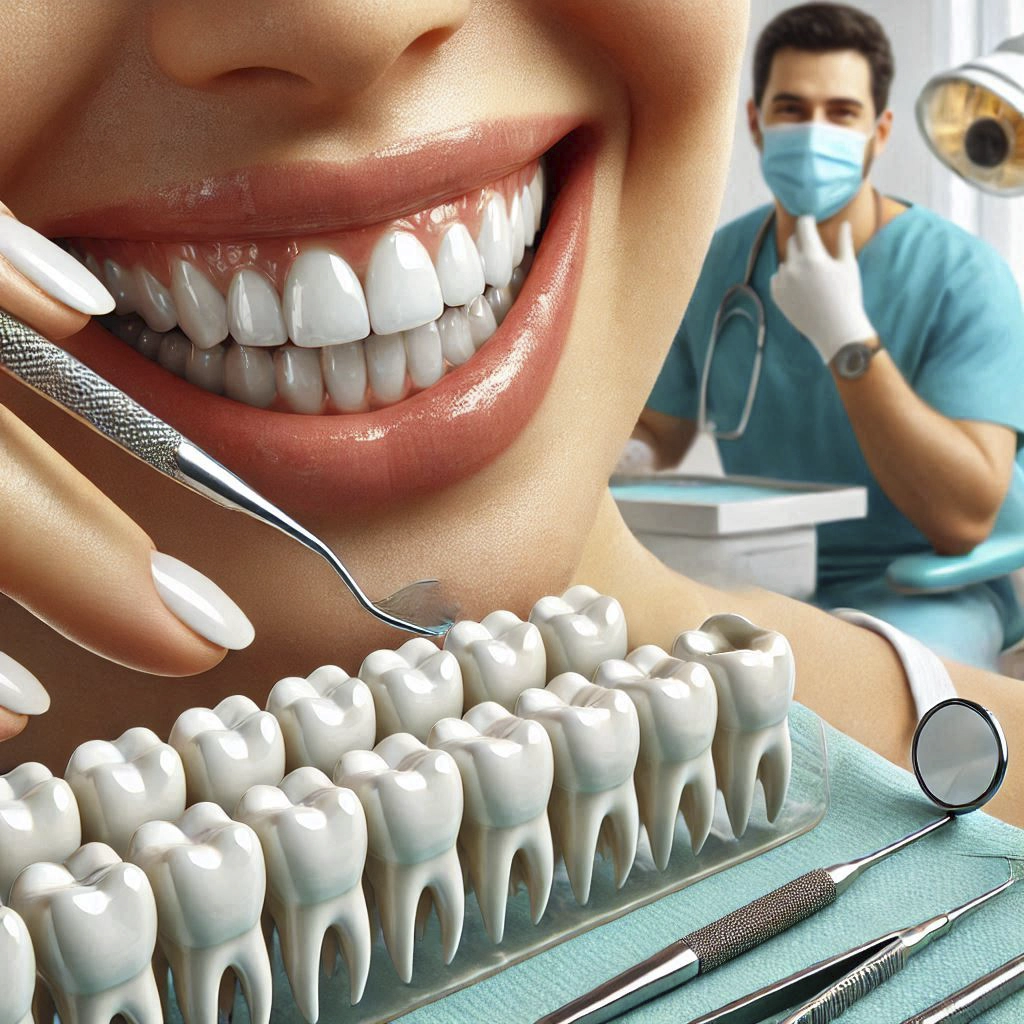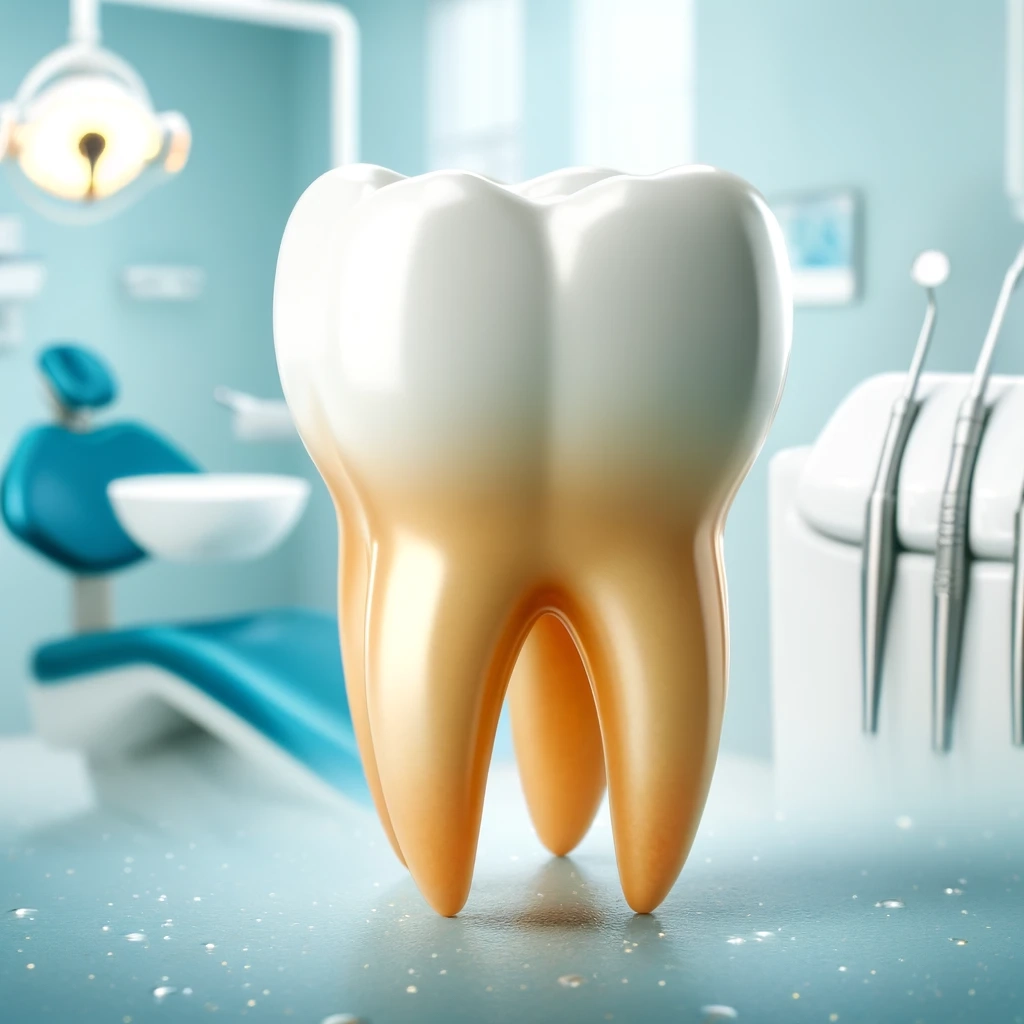Restoring the beauty, function, and health of teeth


Q&A
A crown is used if a tooth is cracked or broken, after root canal treatment, or to improve the appearance and strength of the tooth.
The installation process is usually done under anesthesia, so you won’t feel any pain. There may be some tenderness after the procedure.
Yes, you should take care of your crowns just like you would your natural teeth. This includes brushing, flossing, and regular checkups with your dentist.
In general, yes, but it is best to avoid very hard or sticky foods to prevent the coating from breaking or shifting.
Ceramic and porcelain veneers are resistant to discoloration, but excessive use of coloring agents should be avoided.
Economic
More than 25 years
Very limited
3 to 6 months
A beautiful smile, our gift to you.
Dental restoration is one of the most common and vital treatments in dentistry, which aims to restore the beauty, function, and health of teeth. This process not only prevents more serious problems from occurring, but also helps improve the quality of life of patients. In this article, we will discuss the various details of dental restoration, the types of procedures, the advantages and disadvantages of each, and care tips.
Dental restoration refers to a set of treatment procedures used to restore the structure, function, and appearance of a damaged tooth. This damage may be caused by decay, cracks, fractures, wear, or other factors. The main goal of dental restoration is to preserve healthy tooth tissue and prevent further damage.
Dental restorations are divided into two general categories: direct restorations and indirect restorations.
This type of restoration is performed in a single treatment session directly on the patient’s tooth. Materials such as resin composite are used to fill cavities caused by decay or cracks. The main advantage of this method is its speed of implementation and lower cost.
In this method, the restoration is made in a laboratory and then bonded to the patient’s tooth. This includes crowns, inlays, onlays, and bridges. It is usually suitable for teeth that have suffered more damage.

A variety of materials are used to restore teeth, each with its own characteristics, advantages, and disadvantages:
Dental restoration is used in the following cases:
To increase the durability of dental restorations, it is essential to observe the following:
Dental restorations are one of the most essential dental services that have a significant impact on maintaining oral health. Choosing the right method and following care tips can help prolong the life of your restorations and prevent the need for more complex treatments. By visiting your dentist regularly and following hygiene tips, you can enjoy a healthy and beautiful smile for years to come.
Send us the information and context in which we can help you so that we can contact you as soon as possible.